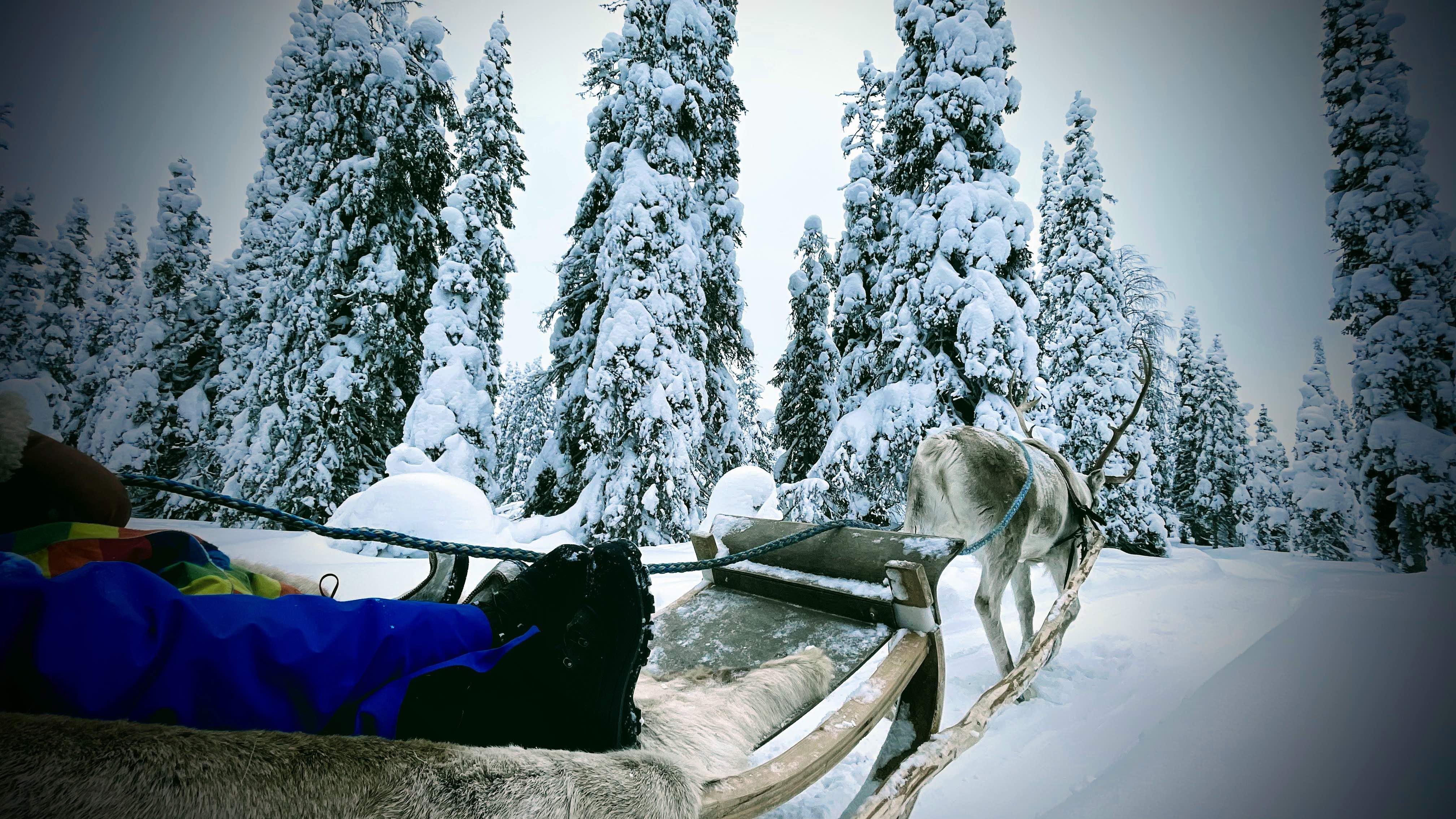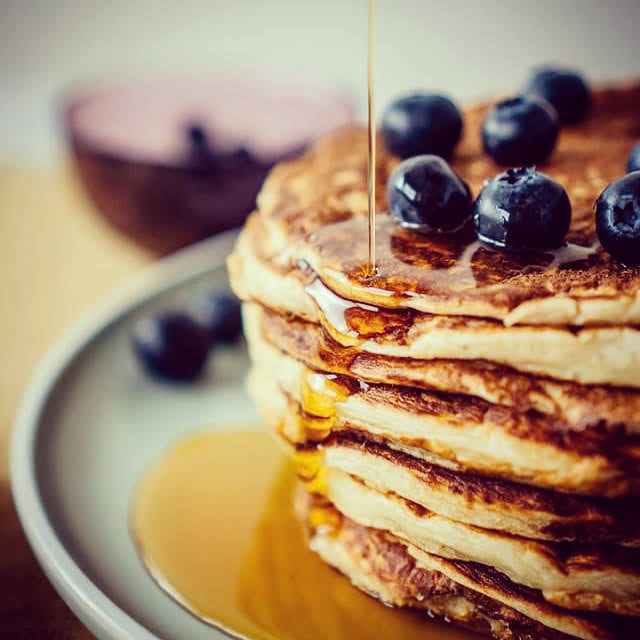I rise from my bed and slip my sleepy toes first into wool socks and then into sheepskin slippers. I’m captivated by the frosty snowflakes delicately clinging to our bedroom window. In the distance, the morning sun rises from the horizon, casting a warm, golden glow upon the wooden walls of our bedroom. It’s freezing cold: –18 celsius outside and barely +15 inside. It’s a signal for me to kindle a fire and brew a steaming cup of coffee. Or, should I skip the coffee and start caffeine fast as my purification ritual? What could be my February New Moon ritual that would align with the month’s theme?
In the ancient Roman tradition, February, or Februarius in Latin, was a month of purification rituals, named after the Februa festival, the Roman festival of purification. But across cultures and languages, February carries diverse names and connotations, resonating with the unique characteristics of this month.
In the Dakota language, it’s known as “Snow Moon,” reflecting the abundance of snowfall during this time. For the Ojibwe, it’s the “Bear Moon,” marking the period when bears give birth in their winter dens. The Cherokee refer to it as the “Hungry Moon,” a reminder of the scarcity of food in this late winter month.
The Finnish name for the month derives from nature: helmikuu literally means Pearl Moon. It’s typical for moisture to accumulate in the air in February, and when water condenses into icy pearls on tree branches or when ice crystals glisten on the Spring snow, it’s as if tiny pearls are sparkling everywhere. Thus, February invites us first to celebrate and then to embark on both inner and outer purification. By the month’s end, you too can shine like a pearl!
February is marked by several notable days and celebrations around the world:
- The Sami National Day on February 6th.
- Shrove Tuesday, known as Mardi Gras in French-speaking and Catholic traditions on February 13th.
- Valentine’s Day on February 14th.
- Kalevala Day on February 28th, celebrating Finnish culture and folklore.
- Leap Day on February 29th, occurring every four years.
As February unfolds, the increasing daylight becomes evident, with the sun sparkling brightly on snow-covered landscapes. The days are noticeably lengthening in the North, but for example in Southern Finland where I live, darkness still lasts about 13 hours at the beginning of the month, and by the end of February, the duration of darkness has reduced to less than half a day.
In the yard, small birds begin to chirp, and perhaps even the blackbird may start to trill its flute-like melody. According to old folk beliefs, birds choose their mates on February 14th. What a beautiful coincidence – the same day we now know as Valentine’s Day. The increasing sunlight and the birdsong herald the promise of Spring. Within ourselves, too, a desire for purification, light, and nourishment begins to emerge.
February is a month filled with various celebrations from around the world. For us Finns, the familiar Shrove Tuesday – this year the 13th of February – always falls on the day before Ash Wednesday, marking the beginning of the 40-day Lenten period in Christian tradition. Across Catholic and French-speaking regions, especially in New Orleans, the Mardi Gras celebration concludes the carnival season, festively observed 46 days before Easter. This year the Chinese New Year falls on 10th of February as well.
Many carnival traditions of the Shrovetide period have ancient pagan origins, linked to the celebration of Spring and fertility. The word “carnival” is connected to this time. Its origin has various interpretations, but it likely refers to abstaining from meat (Latin: carnem levare). Fasting was a natural and sometimes mandatory ritual during this season, as winter food supplies dwindled, cows ceased producing milk, and new crops were awaited in the Spring.
February Ritual: Spring Cleaning
Nothing cleanses the mind better than tidying up your environment! Sometimes, it’s challenging to remember how much our surroundings affect our well-being. You can do small Spring cleanings throughout the month or reserve an entire weekend for a thorough cleanup. The main thing is to look at your home with love after the darkness of winter and pay special attention to those areas that need the most cleaning. You can truly feel your energy rising as you sweep away the dust, dispose of excess clutter, and organize your important belongings!
- Recycle
- Organize
- Rearrange
- Clean windows
- Repot plants
- Dust pillows
- KonMari it!
KonMari is a method developed by Marie Kondo, which encourages keeping only those items that spark joy and discarding the rest. With KonMari, you go through all your belongings by category, asking yourself if each item brings joy. Only items that bring joy are kept. Unwanted items are first thanked for their service and then properly recycled or donated.
February Ritual: Shrovetide Party

The Finnish version of February carnival is the traditional Shrovetide, Laskiainen, characterized by sledding, sleigh rides, sauna, and feasting. The timing of Shrovetide is determined by Easter, which is seven weeks after Shrove Tuesday. Shrovetide marks the beginning of counting the fasting days leading up to Easter.
Create your own Shrovetide tradition, incorporating customs from carnivals around the world.
- Invite friends over for sledding. The one who sleds the farthest wins a prize! In olden times, the wish was for “long flax,” and whoever had the farthest-sliding sled was believed to receive plenty of flax the following summer.
- After sledding, head to the sauna for a steam and splash cold water on each other. No talking allowed! This way, you’ll avoid pesky insects in the summer.
- After the sauna, dress in white and braid your hair – this was believed to make linen exceptionally white.
- Wear masks and carnival costumes. Draw inspiration from Mardi Gras, Rio de Janeiro’s samba carnival, or European aristocratic masquerade traditions.
- Serve deliciously fatty pancakes with sour cream, caviar, and pickles, following the Russian/Orthodox tradition. For dessert, of course, serve laskiaispulla, sweet buns with whipped cream and jam.
- Fatty foods before fasting were crucial, and Mardi Gras literally means “Fat Tuesday”!
February Ritual: Fasting
Many people fast during February, with various types and durations of fasts. The key is to listen to your body and not push yourself too hard. Instead of traditional fasting or juice fasting, you can try different types of fasts, such as:
- Digital detox
- Swearing fast
- Wine fast
- Caffeine fast
- Candy fast
- Meat fast
My Experience: Digital Detox
A few years ago, I read Manoush Zomorodi’s book “Bored and Brilliant.” Zomorodi makes excellent observations about how boredom is actually a crucial way to make our lives happier, more productive, and more creative, and how rarely we allow ourselves to be bored nowadays because we constantly have entertainment at our fingertips on our phone screens. Alongside the book came a week-long coaching program that encouraged using the phone more consciously. It was an eye-opening experience for me, and as a result, I started using my phone less and more mindfully. Although my phone usage still occasionally slips into excess, I’ve learned some small rituals to reduce the usage when I feel it has gotten out of my hands, like:
- I periodically remove the most-used app from my phone for a week.
- My husband and I agree that the bedroom is a phone-free zone dedicated to sleep and love
- I don’t take my phone for walks or browse it while sitting on the bus or train. How much more I see when my eyes are not glued to the screen!
And what about my purification ritual this year? I think I will stick with my morning coffee ritual, since I only drink one oat milk latte in the morning and rarely pour more during the day. I have already been 4 weeks on alcohol free “tipaton tammikuu”, as we call the Dry January. But I do promise to do some internal and external cleansing this month – and also celebrate and invite joy and light to my life!
I hope you will have a wonderful February too – have fun, party with friends, go sledging, eat some fatty foods before fasting (check the American pancake recipe below!), and then, create your own favourite purification rituals and shine like a pearl at the end of the month!
With love,
Reetta
Fluffy Buttermilk Pancakes Recipe – inspired by NYT Cooking

Ingredients:
- 2 cups all-purpose flour
- 3 tablespoons sugar
- 1½ teaspoons baking powder
- 1½ teaspoons baking soda
- 1¼ teaspoons kosher salt
- 2½ cups buttermilk (or piimä / kefir)
- 2 large eggs
- 3 tablespoons unsalted butter, melted
- Vegetable, canola, or coconut oil for the pan
Instructions:
- Preheat the oven to 325 degrees Fahrenheit (165 degrees Celsius).
- In a large mixing bowl, whisk together the flour, sugar, baking powder, baking soda, and kosher salt.
- Create a well in the center of the dry ingredients. Pour the buttermilk into the well, then crack the eggs into the buttermilk. Finally, pour in the melted butter.
- Using a whisk, gently blend the ingredients together, starting from the center and working outward, until just combined. Do not overmix; it’s okay to have lumps. The batter can be refrigerated for up to one hour if desired.
- Heat a large nonstick griddle or skillet, preferably cast-iron, over low heat for about 5 minutes. Add 1 tablespoon of oil to the skillet.
- Increase the heat to medium-low. Using a measuring cup, ladle 1/3 cup of batter into the skillet. Repeat with additional batter, if using a large skillet or griddle, taking care not to overcrowd the cooking surface.
- Cook the pancakes until bubbles rise to the surface and the bottoms are lightly browned, about 2 to 4 minutes. Carefully flip the pancakes and cook until the other sides are lightly browned.
- Transfer the cooked pancakes to a wire rack set inside a rimmed baking sheet, and keep them warm in the preheated oven while you cook the remaining batter.
- Serve the pancakes warm with your favorite toppings, such as maple syrup, fresh fruit, or whipped cream.
Note:
- Achieving the ideal pancake texture requires careful attention to pan temperature. Aim for a surface temperature of 190 degrees Celsius. Adjust the heat as needed while cooking to maintain this temperature.
Would you like to learn more about rituals and live more in tune with the rhythms of nature? I share stories and insights about rituals now also in the form of a newsletter, approximately once a month. Join in!